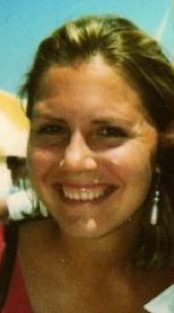This article has multiple issues. Please help improve it or discuss these issues on the talk page . (Learn how and when to remove these messages)
|
Ginna Marston | |
|---|---|
 | |
| Born | Ginna Mary Sulcer February 19, 1958 Chicago, Illinois, U.S. |
| Education | Phillips Exeter Academy |
| Alma mater | Princeton University |
| Occupation | Advertising |
| Employer(s) | Ted Bates (1980–1986) PDFA (1986–2007) |
| Spouse | Michael Marston [1] |
| Children | 2 including Quinn Marston, |
| Parent(s) | Sandy Sulcer, father [1] [2] |
Ginna Sulcer-Marston (born Ginna Sulcer February 19, 1958) is an American advertising executive who has worked on anti-drug public service advertising campaigns at the Partnership for a Drug Free America, [3] a nonprofit consortium of advertising professionals which ran targeted media campaigns to unsell illegal drugs. [4] She was a founder of the organization in 1986. [4] As research director, [5] [ dead link ] she studied the consumer motivations of drug users by means of marketing research methods. [6] [7] [8] She has served as the organization's spokesperson. [9] [10]